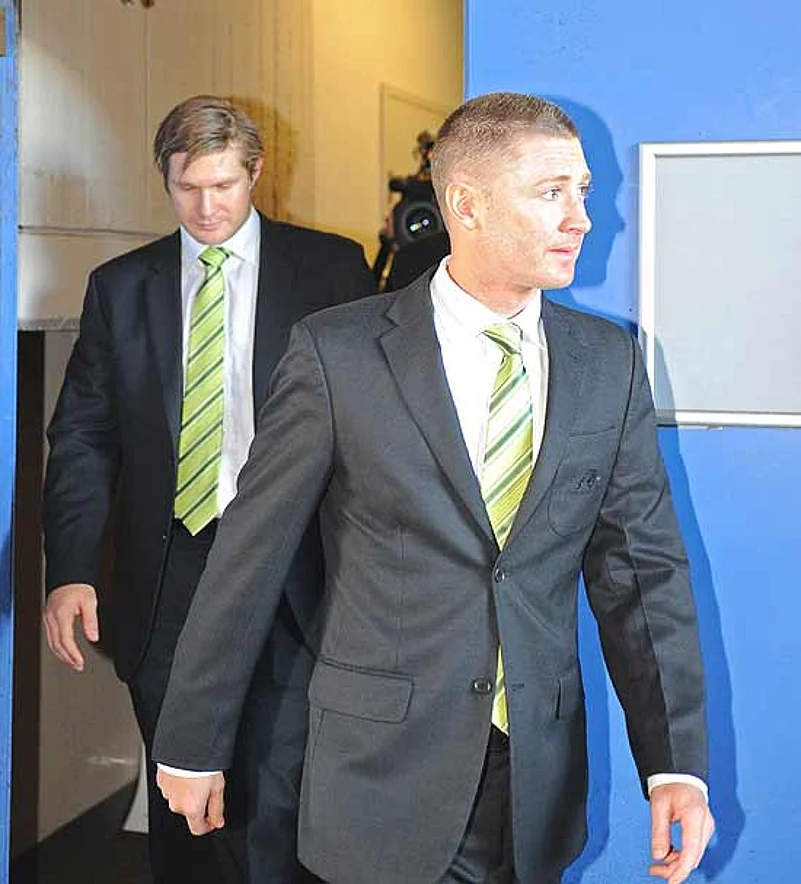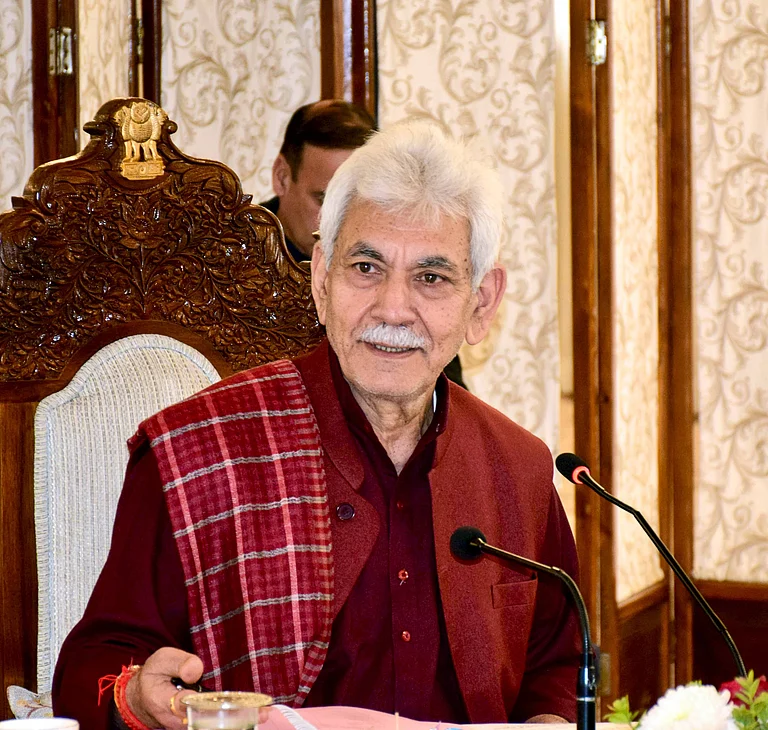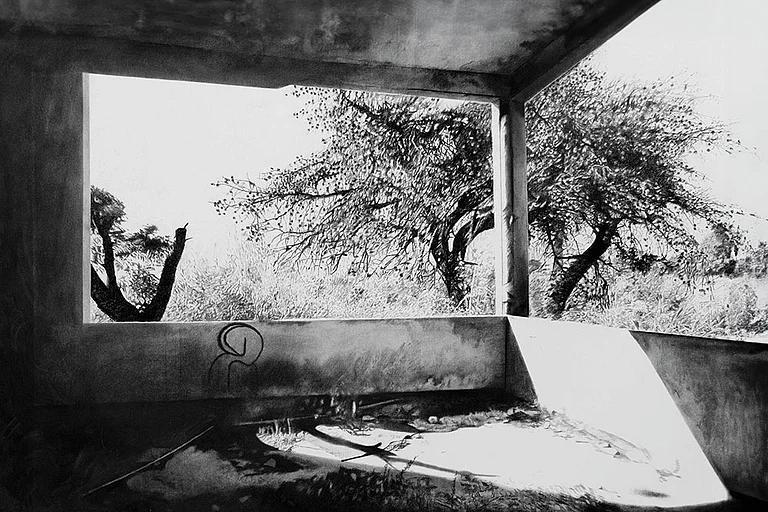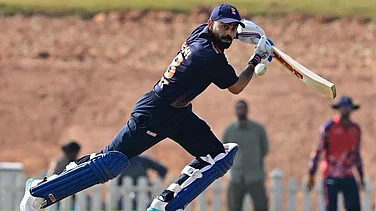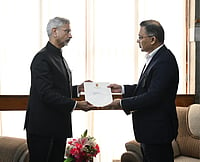It was the morning after India’s high-voltage semi-final clash with Pakistan at the 2011 world cup. All of Chandigarh was still fast asleep after late-night high-jinks celebrations. I met up with the Indian team’s mental conditioning coach, Paddy Upton, for breakfast and commended him for bringing the entire bunch of boys together. Team India, it appeared, was firmly united behind captain Dhoni and Paddy Upton, and coach Gary Kirsten deserved credit for forging the bond. Upton, however, disagreed. In fact, he smiled and said something that remains for me a fascinating lesson about team sport.
“Look, when you have 15 talented men in a team they can never be united. There will always be differences among them. There will be egos and personal issues. It is only natural. Frankly, I am not bothered as long as one simple thing happens: when the final catch goes up in the air and whoever among the 15 is under it, the rest of the 14 should wish that he takes the catch. That’s all I want and that’s all that is needed. It is not imperative that they have meals together or they go out together.”
Unfortunately for Michael Clarke and Mickey Arthur’s Australia, it seems members twelve, thirteen, fourteen and fifteen weren’t possibly wishing the others well when the catch went up. Some of the earlier offences hinted at that led up to the one-match suspension of James Pattinson, Mitchell Johnson, Shane Watson and Usman Khawaja— which besmirched Australian cricket’s escutcheon and stunned the world—are shrouded in ambiguity. Still, what does a smoking shotgun imply if not fire? Maybe a lack of it? Were some Australian players not taking pride in playing for the baggy green? Skipper Clarke wrote on the day of the suspension, “This was not an isolated incident. As a team over the past couple of months, we have not reached the standards expected of us as Australian cricketers. This is the straw that broke the camel’s back.”
The startling implication is that the four players who faced the axe weren’t adhering to the team code. While the wide world is led to believe—through blood-and-guts anecdotes from the age of Victor Trumper to that of Steve Waugh—in the priceless value that Aussies place on representing the national team, it’s made out that the four players had traduced that ethos by multiple acts of indiscipline and forced coach Arthur and captain Clarke to act.
While there is raging debate about the harshness of the action—social media networks have been gloatingly lampooning the beleagured team—the real fact is more serious. Sourav Ganguly summed it up nicely, “This is the worst I have seen of the Australian team over the last two decades. It will be very difficult for them to come back from here on.”
Harsh or not, the punishment has pushed the Australians to the brink. Already down 0-2 in the ongoing series, the incident has brought personal differences between the captain and the vice-captain to the fore. Watson’s statements against Cricket Australia high performance manager Pat Howard, who alleged that Watson is a team player only on occasions, has further complicated the situation. “Pat Howard doesn’t particularly know me very well; he has come from a rugby background, and he hasn’t been in and around cricket very long. The best people to ask (about being a team player) are the players I’ve played cricket with. They’ll be able to give you an honest opinion,” stated Watson on landing in Sydney on March 12.
At a time when the touring team management in India and Cricket Australia officials back home are engaged in trying to do damage control, Watson’s statements come as a further breach of the disciplinary code. Can he openly criticise the CA manager and get away? By saying that he will now be considering his Test future, hasn’t he harmed Australian cricket itself and brought out the differences between him and Clarke into the open? Also, his dad, who has gone on record saying that his son can give Test cricket a miss for the IPL, has only added to murmurs of misplaced priorities. Question is, in a team sport where the captain and coach have the final say, can a player, however important, publicly castigate their decision and get away?
While the Indian media picks at raw Australian wounds and waits for the Mohali Test to unfold, a few important observations need to be made. From what Clarke has written—“We need to uphold the highest of standards in this team and it’s unfortunate we have reached this point”—it is apparent that differences in the team have been simmering for some time. These have only spilled out now that the Australians have started to lose, and that too badly.
Sport values the final conclusion, and a happy one can soothe and mask the prickliest of warring egos. It is adversity and poor morale that outs the longest knives and inflicts the deepest cuts. Take M.S. Dhoni and Virender Sehwag. Despite their many differences, they had played stellar roles in a team that propelled India to the number one Test position in 2009 and won India the 2011 World Cup. In fact, the differences were hidden away till India lost eight straight Tests in England and Australia.
Then there is the little matter of the calibre of this Australian team. Suffice to say this charade wouldn’t have happened with Steve Waugh’s or Ricky Ponting’s Australians. Waugh and Warne never quite saw eye to eye, but that didn’t come in the way of Australia’s complete domination of world cricket. Again, in a side full of match-winners, a Shane Watson would never have dared put himself ahead of the team. In Waugh’s time, if any batsman had the gumption to do so, there was a Darren Lehmann or Damien Martyn on the bench to replace him. And in Ponting’s team, Clarke himself was in the centre of a row for taking things for granted in 2009 versus South Africa.
But still, the dirtiest of Aussie linens wouldn’t have been washed in public in those champion teams of the past. The unsavoury drama in Chandigarh happened only because this team is in transition and that there are but a handful of players of the calibre of Clarke or Watson. Brian Stoddart, one of Australia’s leading sports scholars, puts it well, “This team is in transition and losing, so it is natural that they are under pressure. But one also has to question why Pup and Micky did not follow up and ask why the four had not done their homework? This incident says a fair bit about team unity or the lack of it.”
Where does Australian cricket go from here? Will it all go further downhill or will the Australians, against all expectations, stage a comeback in Mohali? Writing in The Australian, senior cricket journalist Peter Lalor, who is covering this tour, states, “Shortcuts have got Australian cricket here—climbing out of a car wreck on a dusty Indian back road. As a group, little things such as missing team meetings, not turning up for physiotherapy sessions and keeping the bus waiting were beginning to mount, but there was nothing so serious as to warrant drastic action. Then, in the wake of what was one of the biggest losses in Australian Test history, four players showed a similarly casual disregard to a small task and the management decided something had to be done. A message needed to be sent.”
The message was brutally direct. But will it have the desired impact of getting the Australians to rally behind the captain at Mohali? After having spoken to Michael Clarke at length, it must be said that he is seriously optimistic. “You should have seen the intensity at training on the day of the suspension and the next. It is the best we have had so far in India. The boys realise it is time we stand up for our cause and I am confident they will do so in Mohali.”
Importantly for Clarke, his own personal legacy hangs in the balance. He has done exceedingly well as captain and batsman in the last fourteen months to bring Australian cricket back on track. Beating India 4-0 at home and following up with some very good wins against the West Indies and Sri Lanka while himself scoring almost at the rate of the Don, Clarke was being looked upon as the saviour steering Australian cricket back to its erstwhile dominance.
With back-to-back Ashes series scheduled for later in the year, he has little time to get things back to normal. If he is able to do so in the teeth of adversity, he has a fair chance of counting as one of the best Australian skippers. If he fails, his will be a legacy of a fractious descent into mediocrity. The countdown for this personal battle, as also general repair works, begins at Mohali as the two teams lock horns for the third Test. Till such time, that is before Clarke heralds what at this stage looks an unlikely turnaround, the verdict is clear. To use the words of Peter English, former editor of Cricinfo, Australia, and currently finishing his PhD on cricket, “This incident is a sure sign that they don’t care about attempting to the win the series.”
(Boria Majumdar is one of India’s leading sports experts)






